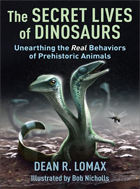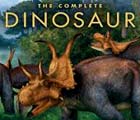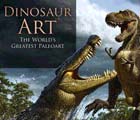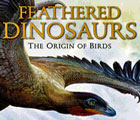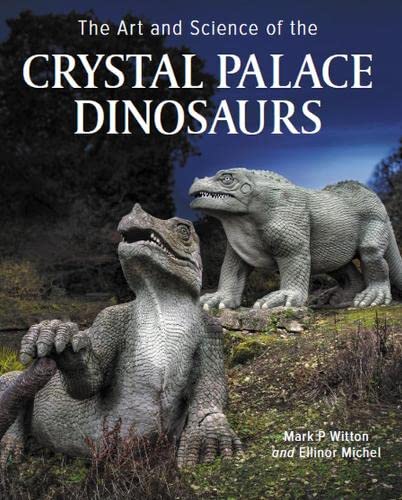Pronunciation: or-nee-THOP-uh-duh
Author: Marsh
Year: 1881
Meaning: Bird feet (see etymology)
Locomotion: Mainly bipedal (2 legs) but grazed on all fours
Synonyms: None known
Author: Marsh
Year: 1881
Meaning: Bird feet (see etymology)
Locomotion: Mainly bipedal (2 legs) but grazed on all fours
Synonyms: None known
[Sereno, 2005]Definition
The least inclusive clade containing Heterodontosaurus tucki and Parasaurolophus walkeri but not Triceratops horridus, Pachycephalosaurus wyomingensis and Ankylosaurus magniventris.
About
Ornithopoda is a group of ornithiscian dinosaurs who started out as small, agile bipeds, but became semi-quadrupedal (adopting a four legged stance for grazing and meandering, and evolving an arched spine as a result), as they spread across all seven continents and become the dominant herbivores of Late Cretaceous North America. Their success was thanks partly to an increase in size, with at least one (Shantungosaurus) dwarfing the largest predatory dinosaurs ever known. But their main advantage over the competition, including the sauropods who were mostly much, much, bigger, was the development of a sophisticated chewing mechanism to rival that seen in the extant masters of cud-chewery: modern cows.
O.C. Marsh named Ornithopoda (bird feet) in 1881 because the feet of all known species at that time had three forward-pointing toes, as seen in the feet of our modern flying friends, but we now know that the more primitive forms had four-forward-pointing toes. No ornithpods (members of ornithopoda) had a backwards-pointing toe like modern birds, but they did have a beak-like structure at the end of their snouts for cropping vegetation. As ornithischians ("bird hips"), ornithopods have a backwards-pointing pubis just like birds too. But, funnily enough, birds and the most bird-like dinosaurs belong to another branch of dinosaurs called Saurischia ("lizard hips").
Click here to search Dinochecker for Ornithopods.
Etymology
Ornithopoda is derived from the Greek "ornis" (bird) and "pod-" (foot), named for their three-toed bird-like feet... although many early forms had four toes!
Relationships
References
• Marsh OC (1881) "Principal characters of American Jurassic dinosaurs. Part V". The American Journal of Science and Arts, s3, 21: 417-423.
• Proctor NS and Lynch PJ (1993) "Manual of Ornithology. Avian Structure and Function". Chapter: 6 "Topography of the foot" (page 70-75), Chapter: 11 "The pelvic gridle" (page 140-141). Yale University Press.
• Norman DB, Sues H-D, Witmer LM and Coria RA (2004) "Basal Ornithopoda. Page 393–412 in Weishampel, Dodson and Osmólska (eds) "The Dinosauria: Second Edition".
• Butler R.J, Upchurch P and Norman DB (2008) "The phylogeny of the ornithischian dinosaurs". Journal of Systematic Palaeontology, 6(1): 1–40. DOI: 10.1017/S147720190700.
• Carpenter K (2006) "Horns and Beaks: Ceratopsian and Ornithopod Dinosaurs".
• Fastovsky DE and Weishampel DB (2012) "The evolution of Ornithopoda". In Fastovsky and Weishampel "Dinosaurs: A Concise Natural History".





